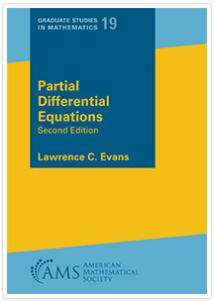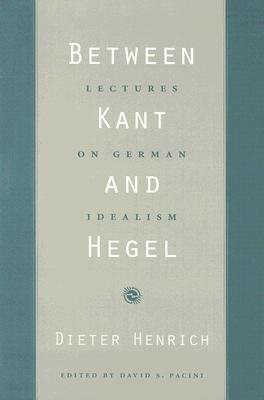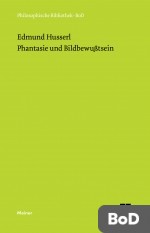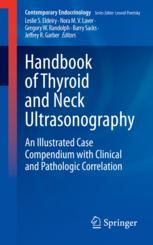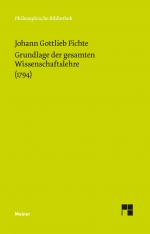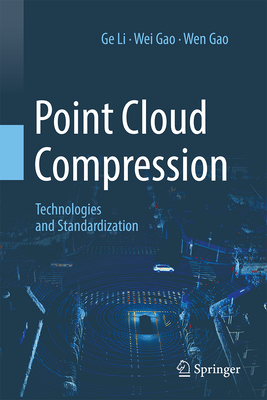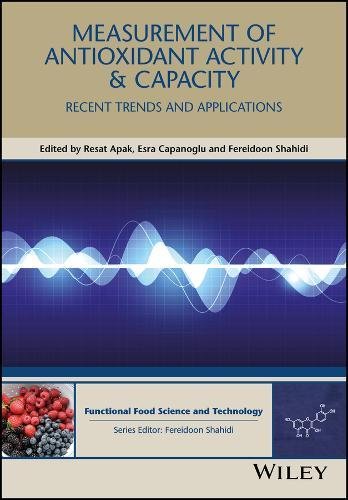
Measurement of Antioxidant Activity & Capacity - Recent Trends and Applications(Hui: Food Science and Technology)
抗氧化活性与容量的测量:近期趋势与应用
食品科学技术基础学科
¥
2135.00
售 价:
¥
1708.00
优惠
平台大促 低至8折优惠
发货周期:预计3-5周发货
作 者
出 版 社
出版时间
2018年01月04日
装 帧
精装
页 码
352
开 本
168.3x244.5mm
语 种
英文
综合评分
暂无评分
- 图书详情
- 目次
- 买家须知
- 书评(0)
- 权威书评(0)
图书简介
An antioxidant may be defined as any substance that when present at low concentrations, compared with those of the oxidizable substrate significantly delays or inhibits oxidation of that substrate. There are wide variations in antioxidant capacity measurement techniques with respect to their principles, way of application, extraction of antioxidants, standards used for the preparation of calibration curves, and units used to report the results. Most researchers in the food and biochemical sciences and industries are not aware of the full scope and applicability of different antioxidant assays, and cannot find the right solutions for specific problems that fit their aims. As a result of all these seemingly contradictory data, it becomes difficult to compare the results obtained from different studies, and to understand the real antioxidant potential of a food material. Since the positive health aspects of antioxidants have been published widely, the evaluation of the real antioxidant capacity of food materials also becomes critical. This book will enlighten and broaden the information on antioxidant capacity methods including their principles, advantages, disadvantages, practical considerations, etc. There are a great many plant foods and food supplements in the market that need to be explored for their antioxidant content. Medical and biochemical researchers also use a large variety of methods to assess oxidant status and antioxidative ability of body fluids and tissue extracts. Readers from all these sectors will be able to find out the advantages and disadvantages of the commonly applied antioxidant determination methods, and will have the opportunity of discovering the most suitable method to be used for their own research or medical/industrial requirement. A wide spectrum of readers are expected to benefit from this book, including food chemical and biochemical researchers and academicians, as well as food technologists and medical doctors. The Editors believe that this book will contribute significantly to the present knowledge of antioxidant capacity/activity measurement. Indeed, it will help to form a common language in between research groups using these methods and to contribute to the solution of critical problems existing for all researchers working in this field. Thus, methods available for the measurement of antioxidant capacity/activity will be reviewed in detail, presenting the general mechanism underlying these assays, the types of molecules detected, and the most important advantages and disadvantages of each method. Both thermodynamic (i.e. efficiency of scavenging reactive species) and kinetic (i.e. rates of hydrogen atom or electron transfer reactions) aspects of available methods will be discussed. A detailed description of all available methods will be useful for the researchers by providing a basis and rationale for developing standardized antioxidant capacity/activity methods for food and nutraceutical sciences and industries. As antioxidant activity and oxidant status of human plasma and tissues are important for medical scientists and biochemists in the diagnosis, follow-up and therapy of oxidative stress-originated diseases, standardization of methods may also be useful to laboratories dealing with health sciences. This book will also provide data on new antioxidant measurement techniques including nanotechnological methods in spectroscopy and electrochemistry, as well as on innovative assays combining several principles. Therefore, the comparison of conventional methods versus novel approaches will also be possible.
本书暂无推荐
本书暂无推荐
